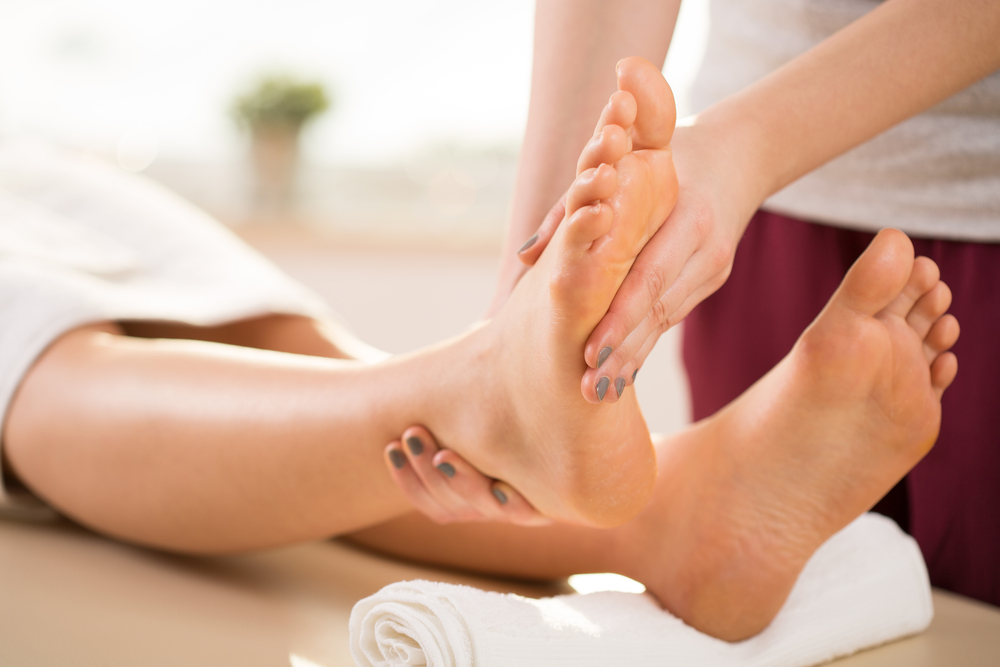
Alternative methods for health and wellness are gaining a large following. The Reflexology Association of America acknowledges the effective techniques of foot reflexology. It is important to note that this alternative therapy is not the same as massage. Knowing its basics can help you appreciate its process enough to try it. Here are the details about the essentials of foot reflexology.
What Foot Reflexology Is
Foot reflexology is a treatment that involves applying pressure on particular points of your foot. This treatment is based on the belief that these points correspond to various parts of your body. Reflexology providers use a foot chart that shows them the points they need to press. These points are also present in your ears and hands. Your provider may target these points as well.
How It Works
Hands are the basic tools for foot reflexology. Reflexologists use their hands to apply pressure on specific areas of your foot that correspond to your source of pain. It looks like a foot massage. A foot massage can improve your sleep, mood, and energy level. But a foot reflexology treatment is a level higher than a foot massage.
Foot reflexology is based on the ancient Chinese belief in qi or life force. According to this belief, qi flows through every person. Stress blocks your flow of qi. This can cause a significant imbalance in the body. Foot reflexology aims to restore balance to the body and keep it free of disease. Each touch sends a flow of energy through the body until the area heals.
Reading a Foot Reflexology Chart
Remember that your left foot is different from your right foot. They are not mirror images of each other. Even so, they have many similarities. Here are the parts of the feet and the parts of your body that they connect to:
The ball of the foot connects to the chest area. The center corresponds to the heart, while the edges correspond to the lungs.
The toes are connected to the shoulder, head, and neck. The tips of your toes give access to the sinus, top of the head, and teeth. The bottom connects to the ears.
The heel of your foot connects to your legs and pelvic area. The knees and sciatic nerve also provide access to the heel.
The ball of your foot gives access to the upper area of the body.
The top of your foot around the ankles connects to your groin area.
The inner side of your feet can access your spine.
Stimulating the Points
Your reflexologist will stimulate the points by applying firm but gentle pressure in a clockwise movement for about 20 seconds. A counterclockwise pressure will follow for 20 seconds. The reflexologist will manipulate the points until the patient’s pain subsides. You must stay hydrated during and after your reflexology treatment.
Understanding the basics of reflexology can help you prepare for your appointment. At Dé Rest Massage & Spa, we help our clients achieve better health and well-being with our natural and effective treatments. Feel free to visit our wellness facility in Houston, Texas, for an in-person consultation. You can also reach us at (281) 888-9053 if you want to set an appointment or inquire about our foot reflexology packages.











